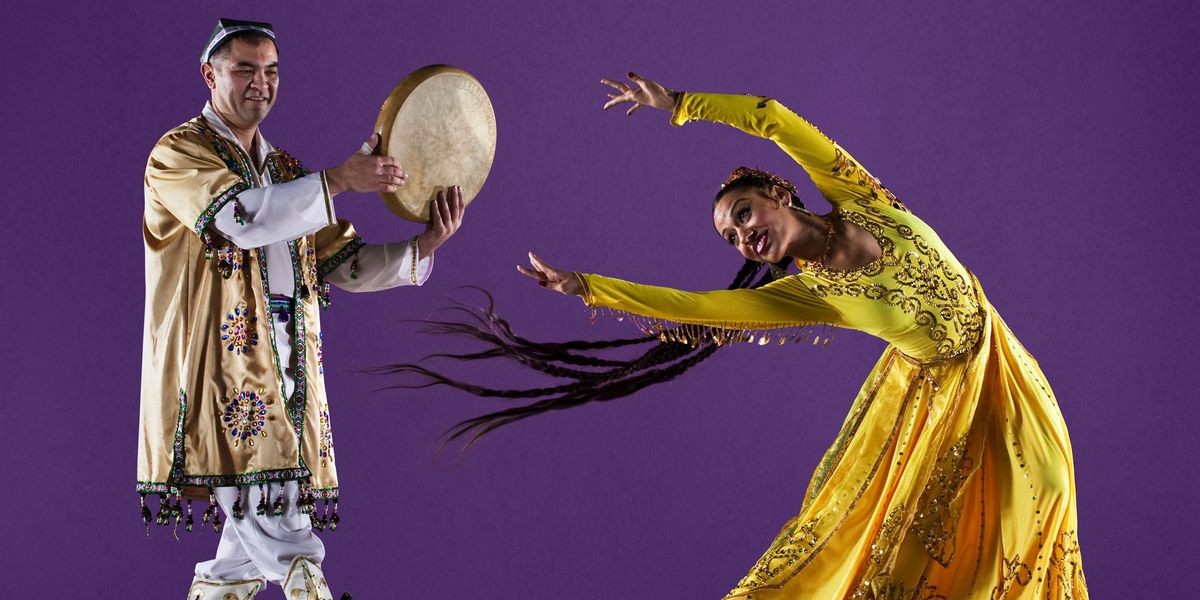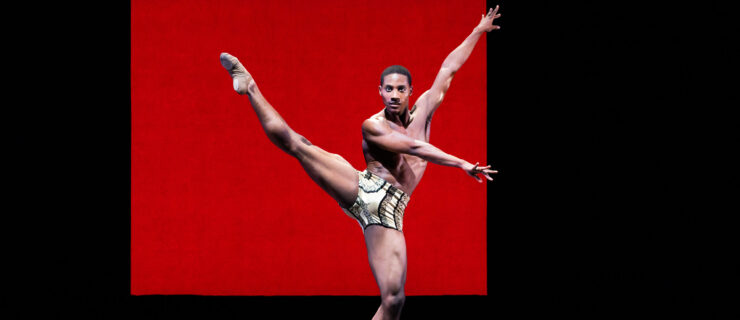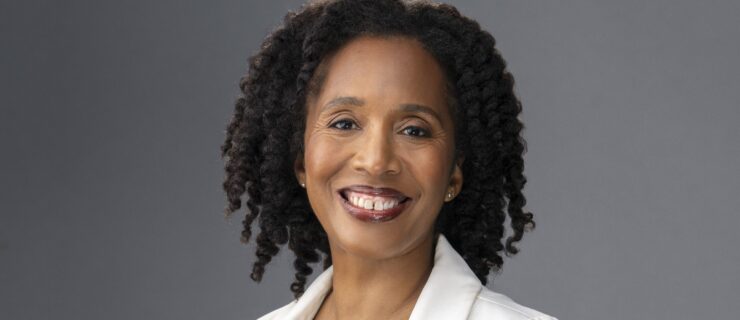Why I Gave Up Stardom at Cirque de Soleil to Pursue Classical Tajik Dance
Two years ago, I was touring the world as a principal dancer in Cirque du Soleil’s production of Dralion. But after 1500 shows on a five-continent and 170-city tour, I left the commercial entertainment world to reconnect with the art form I’m most passionate about: Central Asian dance.
I have dedicated the last 18 years of my life to dance styles from the Central Asian Silk Road region. My fascination started when I was 13 and fell in love with the miniature paintings of Central Asian dancers and the Arabic calligraphic script I saw in museums. My mother, who is a classical Indian dancer, also danced in a Persian dance company. These influences prompted me to seek out the music, culture, dance and people of Central Asia.
People ask me, “What does that look like? It’s kind of like Bellydance, right? ” or “Yeah, I think I’ve seen that style before, isn’t it kind of like Indian dance?” Central Asian dance is highly diverse and each regional style is evocative of its environment, acting as a living link to the land. Most people are surprised to learn that Tajikistan has a classical dance form called Shashmakom that is technically rigorous, and like ballet, was patronized in the royal courts of the Emirs and has been around for over a thousand years. Or Uyghur dance, for example, is highly rhythmic, with nuanced shoulder isolations, swift spins, complex footwork, knee spins, drops to the floor, backbends and fluid yet intricate hand gestures with specific finger placements. A lifetime of study in the style is not enough to learn all there is to know.
Months after leaving Cirque, I moved to Tajikistan. I had planned to stay for one month but ended up staying for a whole year and dancing as the first Westerner in Lola, the state-funded Tajik National Ensemble. The other dancers were confused, cautious and curious about me. In the beginning, I felt like a complete outsider. I was new to their culture, food and environment, and could not speak the language. My daily routine after a full day of rehearsals was to also take a private class to better understand the nuances of the different styles and to push myself technically. The other dancers observed my dedication, and over time I earned their trust and respect. By the end of the year, I learned how to speak street Tajik from vendors at the vegetable markets and made close friends with my fellow dancers.
Our company was commissioned to perform new works for state holidays on live television in large stadiums or at the opera house when the President was in attendance. We performed for heads of state and for private galas. Sometimes I had issues getting into high security buildings because of my American passport, so our director had to start carrying a certified paper clearing me for entrance. We toured within the country on poorly-maintained roads via a bus provided by the state. There were rarely enough seats for all of us, and often the men would stand for long parts of the journey so the women could sit. When people got tired we would smash four or five people to a seat depending on the length of the journey, which was sometimes up to 12 hours. Once, we travelled to the Pamir Mountains to perform a televised concert, and were taken on a state helicopter with no seats, just a shell and one long bench on either side.
During rehearsal one day, a local journalist noticed me and, thinking I was Tajik, invited me to participate in a televised dance competition which brought together dancers from every region of the country. I made it through all four rounds of cuts and amazingly, I won. I was given the title of Malika, Queen of Tajik dance, despite being an outsider to the region. I was stopped several times on the street by strangers—the produce guy at my local grocery store said he was excited to see me dance so beautifully in a style from his culture, and hoped that if a foreigner placed so much value on their art forms that local Tajiks would learn to appreciate these forms more themselves.
This year, I was selected by Forecast, an international mentorship platform, to have my work produced in Berlin under the mentorship of Richard Siegal. The piece uses ethno-contemporary Central Asian dance and music in collaboration with a 3D mapping artist and Paradise Sorouri, Afghanistan’s first female rapper, to express the concepts of migration, otherness and gender inequality. The choreography pulls from my experiences living a single foreign woman dancing in the Tajik State Ensemble in Dushanbe.




